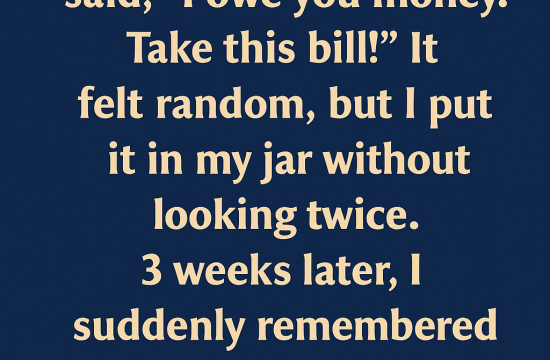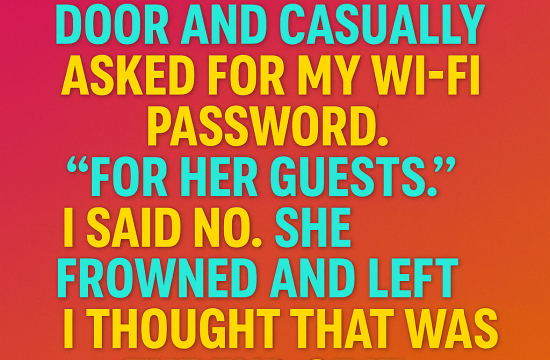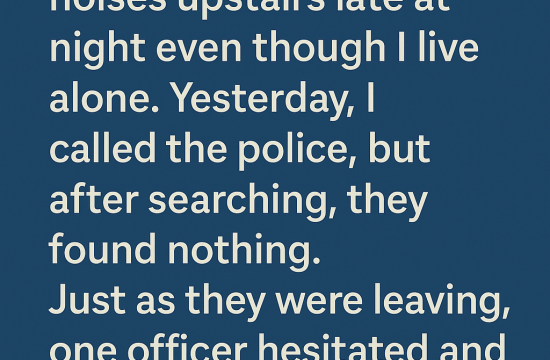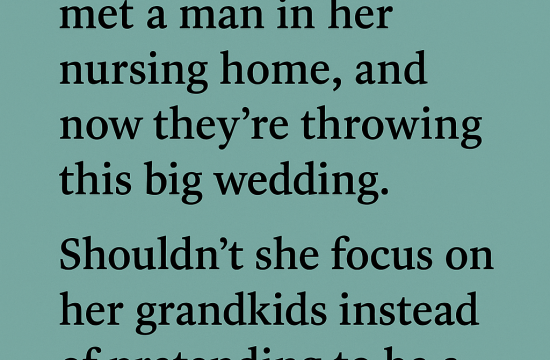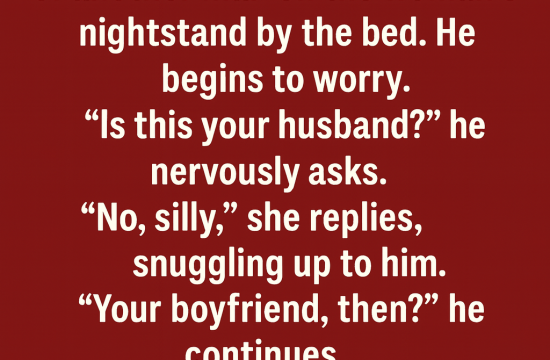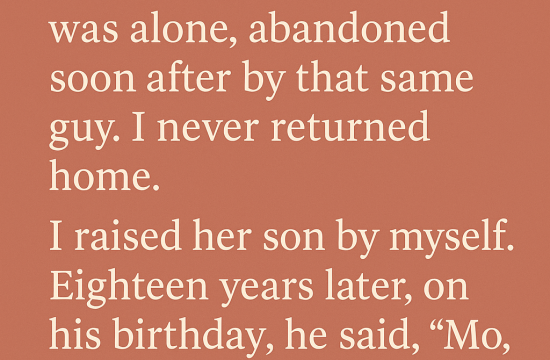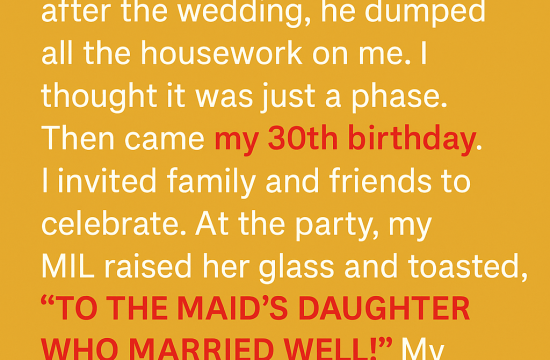My 4-year-old daughter’s teacher told me that Emma’s behavior had worsened, and she had started painting dark, unsettling pictures. Concern wrapped itself around my heart like a vice. That evening, as I tucked her in, I decided to gently ask what was troubling her.
Me: “Sweetheart, why have your paintings at daycare become so dark? What happened to happy Emma?”
She sat in silence, her small fingers twisting at the edge of her blanket.
Me: “It’s okay, sweetie. You can always tell Mommy everything.”
Emma finally whispered, almost conspiratorially:
Emma: “I found Daddy’s secret.”
My heart skipped a beat.
Me: “What secret, honey?”
Her eyes widened with urgency.
Emma: “Come! I’ll show you! Hurry!”
I followed her to my husband’s home office. With surprising certainty, Emma pressed a hidden button at the back of a bookshelf. A concealed panel slid open, revealing a secret compartment filled with old, leather-bound journals. The air felt heavy, as though the room itself had been holding its breath.
With trembling hands, I picked one up. The pages spilled with confessions—anguished words etched in shaky handwriting. My husband had battled deep depression and a crushing loneliness, long before Emma was born. His journals were raw—full of shadows, despair, and a desperate need to be heard.
But as I turned more pages, the story shifted. He had sought therapy, counseling, and found ways to crawl out of the darkness. The journals became not just a record of pain, but of healing. They were proof of his survival.
Tears blurred my vision. I realized then that Emma’s paintings were not random. She had absorbed the heaviness lingering in her father’s unspoken past, and in her own innocent way, she had given it color and shape.
I hugged my daughter tightly, whispering thanks for her honesty. Together, we went to find my husband. When I confronted him gently, his eyes filled with shame and relief all at once. For years, he had carried his demons in silence, terrified of burdening us. But now, the secret was out—and instead of destroying us, it brought us closer.
We sought family counseling, learning to speak openly about fears and feelings. Emma’s drawings slowly changed—dark swirls giving way to rainbows, sunshine, and smiling faces. My husband, no longer hiding behind journals, began painting with her, their canvases filled with hope instead of shadows.
What started as a secret nearly buried in dust transformed into a turning point for us all. We learned that silence can be heavier than truth, and that love, when shared openly, has the power to heal even the darkest wounds.
Our family didn’t just survive the revelation—we grew stronger, stitched together with empathy, honesty, and the unshakable bond of facing shadows hand-in-hand.


